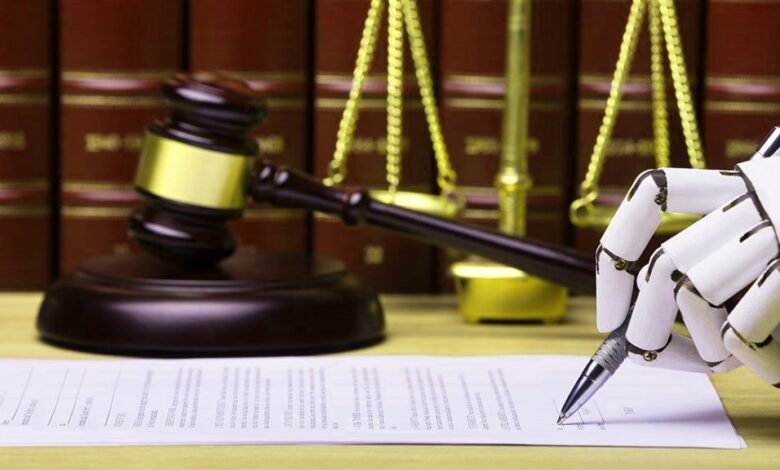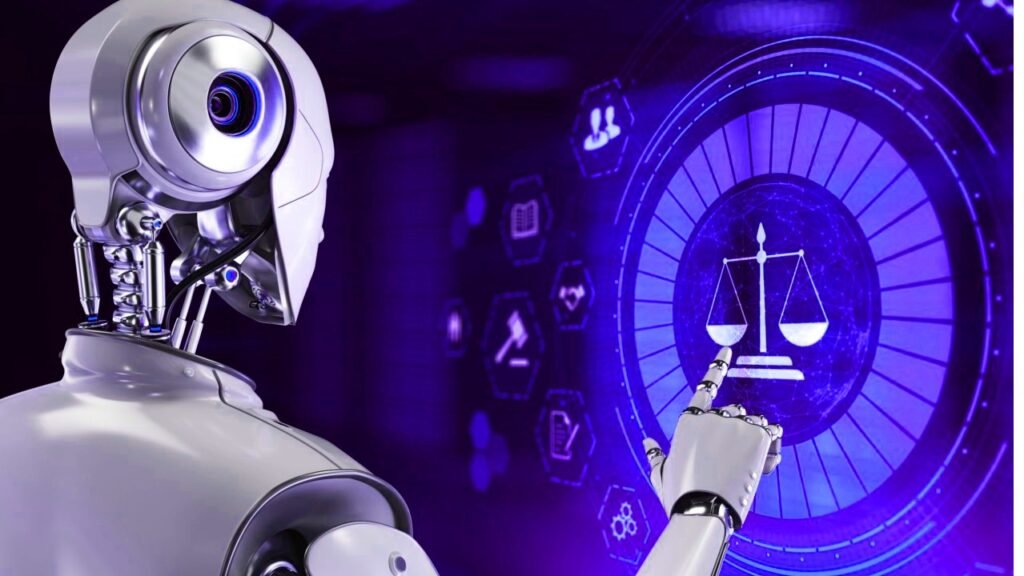Should Lawyers Use Artificial Intelligence for Briefs?

We have spent a lot of time discussing both the positive and negative aspects of AI. We have received yet another sobering reminder that artificial intelligence does not come without complications and is not a substitute for the wisdom of a lawyer. This occurred when a federal judge in New York recently sanctioned two lawyers for using AI to write an inaccurate legal brief.
A judge in Texas recently issued a directive called “Mandatory Certification Regarding Generative Artificial Intelligence,” which requires all attorneys who appear before him to certify that any portion of a filing that was generated by artificial intelligence has been checked for accuracy by a human being. This is in addition to the fact that the judge recently issued the “Mandatory Certification Regarding Generative Artificial Intelligence” directive.
In the following paragraphs, we will delve into the stories above and provide our thoughts on the application of AI to briefs.
Lawyers use ChatGPT to create a brief—but AI gets it wrong
In June of 2023, a federal judge in New York penalized two attorneys for using ChatGPT to write a legal brief. The judge issued the sanctions.
Why? Due to the fact that ChatGPT got it wrong.
To be more specific, the attorneys submitted a brief that referred to cases that did not exist (presumably without first confirming that the cases did, in fact, exist). This is a great example of the risk of artificial intelligence having “hallucinations,” which are instances in which the program generates information that is either inaccurate or makes no sense.
After being questioned by the opposing counsel regarding the provenance of the cited cases, the presiding judge ordered the lawyers to produce copies of the cases themselves. It eventually became clear that the cases in question were not actual occurrences.
Following this, the judge decided that the two attorneys who had prepared the AI brief had engaged in dishonest behavior and given the court statements that were intentionally misleading. As a result, the judge decided that they should each pay a fine of $5,000.
No AI briefs without human review in (some) Texas courtrooms
On the heels of the sanctions, another piece of AI brief news that has caused a buzz across the country is as follows: U.S. District Judge Brantley Starr issued a direction requiring counsel to certify whether they used AI to create any filings and, if so, to confirm a human reviewed those filings for accuracy. This comes on the heels of the sanctions that were issued earlier.
At the time of publication, a search for “artificial intelligence” on the Texas Courts’ Local Rules, Forms, and Standing Orders page brought up four standing orders. This suggests that Judge Starr’s AI court certification directive may have inspired several standing orders in Texas that require similar certifications.
Read More: How to find the best car accident lawyer in Florida?
AI court certifications and lawyers’ duties

It is abundantly clear that AI possesses tremendous potential for reshaping the legal industry; however, it is equally essential that attorneys, in the process of adopting new technologies, do not lose sight of their responsibilities to clients, opposing counsel, and the courts.
The directive issued by Judge Starr touches on an essential responsibility that attorneys have to act honestly and in good faith when interacting with the court. This responsibility extends far beyond what the attorney says in court and includes ensuring the accuracy of any filings, submissions, or briefs that are made.
With other judges in Texas following suit, it is likely that we will see many more directives similar to this one appear across the country as AI becomes more generally accepted in the field of legal practice.
Using AI to write briefs—responsibly
Taking all of this into consideration, should legal professionals use AI to write briefs? If they behave responsibly while doing so, then the answer is yes.
Utilizing AI to aid in the generation of ideas and the drafting of briefs is just one of the ways that AI can help make lawyers’ jobs easier. Artificial intelligence has the potential to radically alter the way that lawyers perform their jobs.
However, it is essential to keep in mind that artificial intelligence is not yet perfect. As was just demonstrated, it is not infallible and can make mistakes. If you plan to use AI to write briefs, you should consider any work product that results from your AI prompts to be an extremely rough first draft.
Our tips for writing briefs with AI
The following is a list of some tips that can be helpful when checking AI briefs for accuracy:
Note that AI comes with a number of challenges for law firms that you will want to consider before even using it. These challenges include considerations relating to data privacy and confidentiality, bias, and other ethical considerations. Before even using AI, you will want to give these challenges some thought.
Before putting AI tools to use in your practice, you should become acquainted with the capabilities of those tools as well as the limitations of those tools. Keep in mind that certain AI platforms have a cutoff date for their knowledge. For instance, the knowledge cutoff date for ChatGPT (as of the date of publication) is September 2021, and it is possible that it is not familiar with more recent changes in the legal system. In light of this, lawyers who use the platform for case research may find ChatGPT to have limited utility when compared to web-based AI tools.
Take into careful consideration any arguments or points that are presented by AI, but do not accept them at face value. Keep in mind that you have an obligation to both your clients and the courts, and as such, you are responsible for ensuring that your arguments are well-grounded in the law and logic and that you are not overlooking any potential arguments that could be beneficial to your client’s case.
Examine all of the cases that are cited by the AI very carefully. Confirm that the cases that are cited really do exist by locating the primary source. Confirm that the points that are made in relation to the case are accurate by reviewing the primary source. Conduct your research to ensure that AI has provided you with the leading (or most convincing) authorities and that you aren’t missing other cases that could also be helpful.
In addition, regardless of whether you intend to use AI to write briefs or assist with your legal work, you should make sure that you are familiar with your court’s position on AI. For instance, you should find out whether or not you will be required to include a certification regarding your use of AI with your filing. This is important to do regardless of whether or not you intend to use AI.
Read More: Unlocking the Future: 10 Ways AI Can Benefit Your Law Firm
Conclusions on using Artificial Intelligence to write briefs
Understanding what artificial intelligence is capable of doing and being aware of the constraints it faces is, ultimately, the most effective method for making use of AI while simultaneously reducing the risks associated with doing so. The AI does not fully comprehend the complexities involved in legal arguments. (In some instances, it does not even have access to the newest laws and court decisions!) However, it can assist you in the development of a draft and provide limited assistance with case research.
In addition, there are a variety of other approaches that can be taken to simplify and speed up the process of writing a concise piece. For instance, you can save a significant amount of time by using legal brief templates or document automation tools like Lawyaw to create polished briefs at the same time!
Be sure to check out our collection of features that have been developed with personal injury lawyers in mind if you are in the personal injury practice. You are able to not only manage medical records, keep track of and summarize damages, and provide settlement estimates, but you are also able to pull information from custom fields into your templates to automatically create personal injury case documents such as complaints, discovery requests and responses, and requests for medical records.
Read our comprehensive guide to AI if you want to find out more about what artificial intelligence is and how it can be used in your company while keeping in mind the potential ethical and professional risks.












One Comment